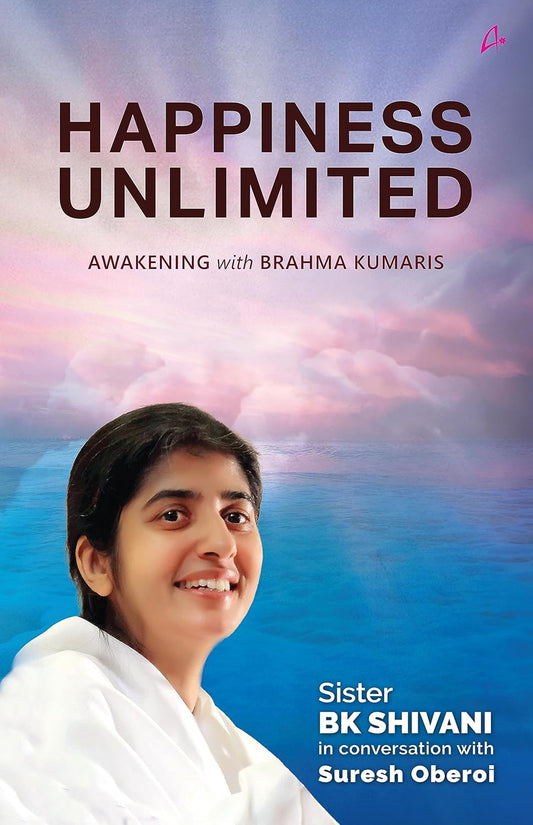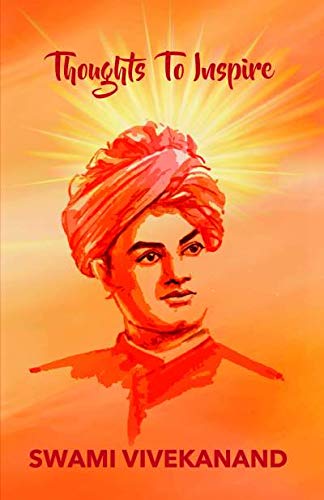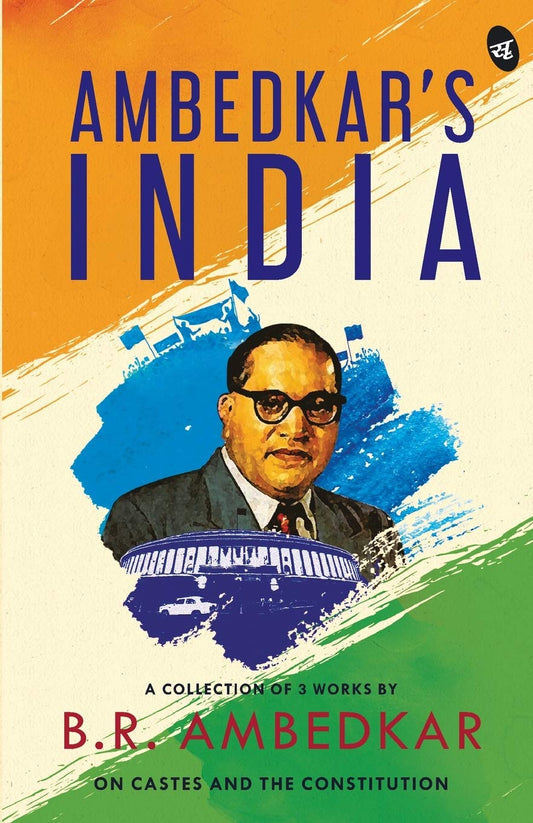An anthology is a collection of works, typically short stories, poems, essays, or plays, gathered into one book or volume. These works can be written by multiple authors or a single author, and the pieces are usually united by a common theme, genre, or purpose. Anthologies allow readers to experience a variety of voices and styles, offering a diverse reading experience in a single book.
In this blog post, we'll explore what an anthology is, the different types of anthologies, and why they are a popular format for both readers and writers.
What Defines an Anthology?
An anthology is characterized by its format: a collection of written works brought together under a shared theme. These works can span a wide range of genres, from poetry and short stories to essays, plays, and even graphic works. The key point is that they are collected in one book, making it easy for readers to explore multiple works in a single volume.
Key Features of an Anthology:
- Multiple Works: An anthology brings together multiple pieces of writing, often by different authors, although it can also be by a single writer.
- Common Theme or Genre: While the works in an anthology can vary in style, they often share a central theme, genre, or concept. This theme can range from a specific subject matter, such as love or war, to more general ideas like literary style or period.
- Variety of Authors or Works: Anthologies often feature contributions from multiple authors, which offers readers the chance to experience different perspectives, voices, and styles.
- Shorter Forms: The works in an anthology are often short forms of writing, such as short stories, poems, or essays, although full-length plays and novellas can also be included.
Types of Anthologies
There are many different types of anthologies, each with its unique structure and focus. Here are some of the most common types:
1. Poetry Anthologies
A poetry anthology is a collection of poems, either from a single poet or various poets. These anthologies may focus on a particular theme (such as love, nature, or death) or a specific poet or literary movement (like Romanticism or the Harlem Renaissance). Popular examples include The Norton Anthology of Poetry and The Penguin Anthology of Twentieth-Century American Poetry.
2. Short Story Anthologies
Short story anthologies compile a variety of short stories by different authors, often centered around a shared theme. These collections can showcase stories from a specific literary tradition, period, or genre. Examples include The Best American Short Stories series or Dubliners by James Joyce (a collection of related short stories by a single author).
3. Essay Anthologies
An essay anthology gathers essays on a particular subject, such as history, politics, or personal reflection. It may feature works by well-known authors, thinkers, or activists. Examples include The Oxford Book of Essays or The Best American Essays series.
4. Themed Anthologies
Themed anthologies are collections of stories, poems, or other works that explore a specific theme. This could include works focused on specific events, social issues, emotions, or concepts, such as "coming-of-age" stories, tales about survival, or works related to mental health. Anthologies like Black Voices: An Anthology of African-American Literature or Love & Misadventure (a collection of romantic poems and stories) fit this category.
5. Genre-Specific Anthologies
These anthologies focus on a particular genre, such as science fiction, horror, fantasy, or mystery. Often, these anthologies showcase the best works in the genre, or they may offer new and emerging writers a platform. A popular example is The Year's Best Science Fiction anthology series, which compiles notable science fiction stories from each year.
6. Graphic Novel Anthologies
While less traditional, graphic novel anthologies combine various comic strips, short graphic stories, or excerpts from longer works. These collections might bring together works from different artists or tell a variety of stories within a common theme or genre.
Why Are Anthologies Popular?
Anthologies are a popular format for both readers and writers for several reasons:
1. Diverse Reading Experience
An anthology offers readers the opportunity to experience a variety of voices, styles, and perspectives all in one volume. Whether it’s a collection of poems, short stories, or essays, readers can explore different authors and genres without committing to a single long work.
2. Convenience
Since anthologies feature a collection of shorter works, they are perfect for readers who don’t have the time or desire to commit to longer novels. Short stories and poems can be enjoyed in a single sitting, making anthologies ideal for readers on the go.
3. Exposure to New Authors
Anthologies introduce readers to new and lesser-known authors who may not yet have their full-length books. This makes anthologies a great way for readers to discover fresh voices and exciting new talent.
4. Cultural and Literary Significance
Anthologies often collect some of the most significant or influential works in a particular genre, period, or tradition. These collections serve as valuable resources for understanding and appreciating literary history or cultural movements.
5. Perfect for Themed or Seasonal Reading
Many anthologies are curated around specific themes or times of the year, such as holiday collections, political essays, or works inspired by specific events. These anthologies provide readers with an easy way to explore particular subjects or celebrate a certain time of year through literature.
Popular Examples of Anthologies
Here are some well-known anthologies that have had a significant impact on literature:
- “The Norton Anthology of English Literature” – A comprehensive collection of English literature, covering works from the Anglo-Saxon period to contemporary writers.
- “The Best American Series” – A series of annual anthologies featuring the best essays, short stories, and poems published in the previous year, with different guest editors each year.
- “Poems That Make Grown Men Cry” – An anthology of poems selected by famous men, each sharing personal stories about how the poems made them emotional.
- “The Penguin Anthology of Twentieth-Century American Poetry” – A landmark collection of some of the most significant American poets of the 20th century.
- “Chicken Soup for the Soul” – A beloved series of anthologies with personal, inspirational stories meant to motivate and uplift readers.
How to Enjoy an Anthology
If you’re new to reading anthologies, here are some tips to make the most of your experience:
- Explore Different Sections: Many anthologies contain a variety of genres, themes, or authors. Try reading a few different sections to get a feel for the range of stories or poems in the collection.
- Read in Small Doses: Since anthologies often feature short pieces, they’re perfect for reading in small doses. You can read a short story or a few poems when you have a few minutes to spare.
- Reflect on Themes: Many anthologies are built around a central theme. As you read, think about how the works reflect this theme, and how different authors approach it from various perspectives.
- Share and Discuss: Anthologies are a great conversation starter. Share your favorite works with friends or join a book club to discuss the pieces you’ve read.
Final Thoughts
An anthology is a versatile and engaging way to enjoy literature. Whether you’re a fan of poetry, short stories, or essays, anthologies offer a rich variety of voices and styles, often all under one theme. Perfect for readers who enjoy variety, want to explore new authors, or simply want a quick, satisfying read, anthologies are a great addition to any book lover’s collection.
Next time you're looking for something new to read, pick up an anthology and dive into a world of different stories all within one book!









